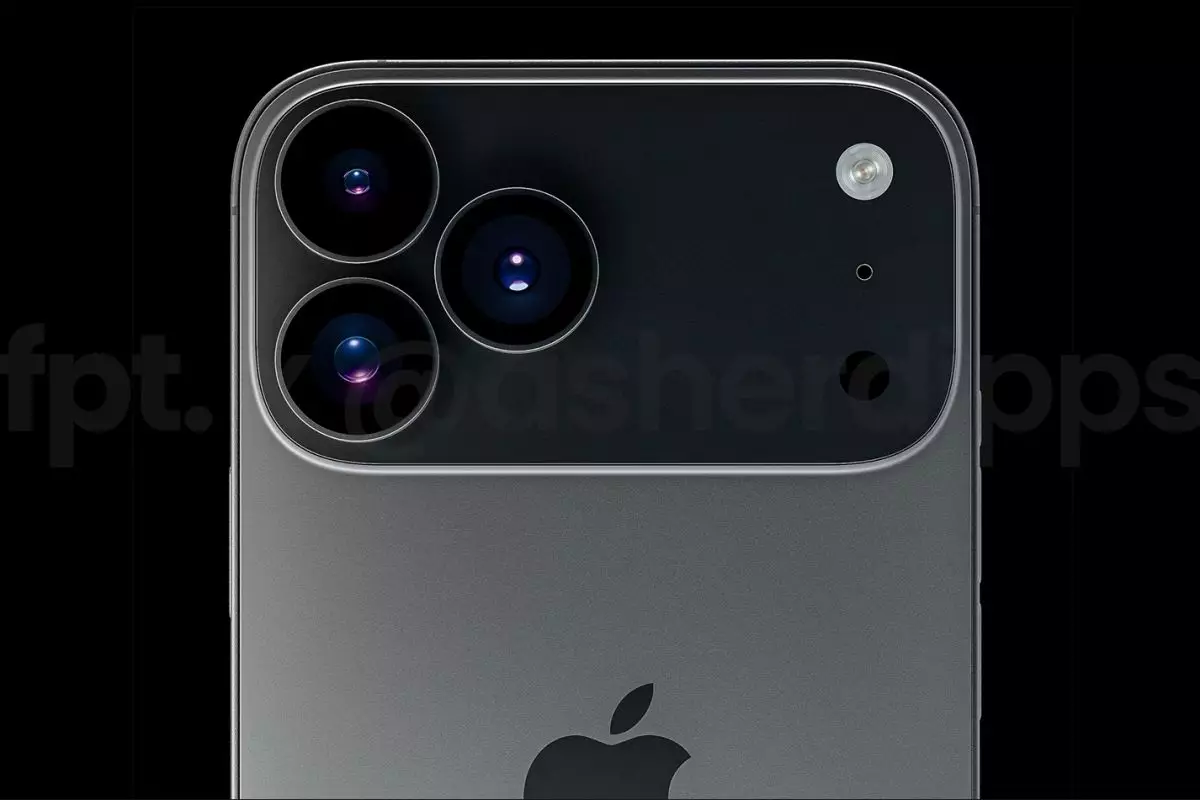The buzz surrounding Apple’s next flagship gadget, the iPhone 17 Pro, feels like an electric surge through the tech landscape. Recent leaks indicate a transformative shift in the device’s design, particularly the rear camera module, which appears to elongate across the top of the panel. Such a departure from Apple’s traditional aesthetic is not just interesting; it’s bold—and perhaps a little reckless. The iPhone 17 Pro models are designed to stand apart, but at what cost to simplicity and user experience?
Apple has built an empire on a refined sense of minimalism and high usability. This new design choice, while striking, raises questions about whether the tech giant is prioritizing form over function. An extended camera module, as teased by tipster “Majin Bu,” adds visual flair but risks alienating a user base accustomed to cohesive design elements. The success of Apple’s design philosophy has always relied on subtle enhancements, integrating new features without overwhelming the user. This sudden shift could disrupt the delicate balance they’ve nurtured for years.
The Paradox of Progress—More Features, More Complications?
With the camera module’s apparent expansion, the iPhone 17 Pro models may boast features that only time will unravel. Apple seems committed to an aggressive path of advancement, perhaps at the expense of user-friendliness. Companies tend to chase the latest trends, and while the public’s thirst for new technologies is insatiable, there’s an ethical consideration here: are we heading into an era where the complexity of devices could nullify their intuitive usability?
Not only does this new design seem to offer a more prominent space for cameras, but it also suggests a commitment to technological innovation with the potential introduction of a vapour chamber cooling system. This may sound creatively ingenious, yet there’s an irony to be found in needing heavy-duty cooling for high-tech components. Shouldn’t progress also mean improved efficiency?
Glass and Metal: A Risky Gamble
Rumors of a redesigned lower half utilizing a blend of glass and metal further complicate our perception of the future iPhone. While this composite material may seem luxurious, it could lead to fragility concerns that Apple has long circumvented with thoughtful engineering. If these rumors hold true, it would be critical for Apple to demonstrate that aesthetics do not hinder performance. A beautiful phone that shatters at the slightest drop is hardly a premium product.
The critical reception of these anticipated changes will echo far beyond the initial launch. Apple must remember that while its products often become trendsetters in the tech world, customers engage with these devices daily. The callousness of focusing solely on marketing strategies may backfire if users feel overwhelmed by an over-engineered product line.
As we stand on the cusp of what could be a significant era for Apple’s flagship line, we must ask ourselves: are we willing to embrace this aesthetic upheaval? Excitement is palpable, but with it comes a sense of caution. In their push for innovation, will Apple risk sacrificing the user experience that has earned them legions of devoted fans? The tech world watches, hopeful yet wary, as the iPhone 17 Pro prepares to make its mark.


Leave a Reply